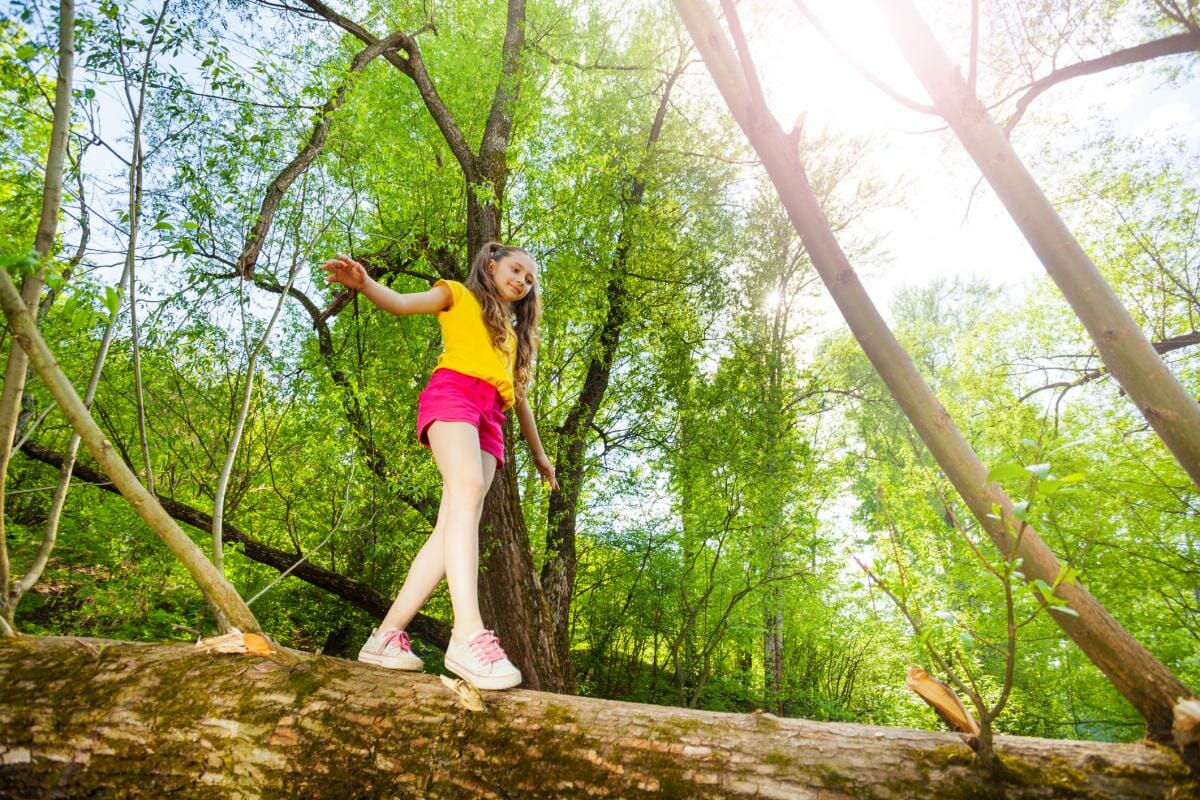Youth & Outreach
Making the Grade: Measuring the Power of a Leave No Trace Education


Boulder, CO: Leave No Trace for Every Kid is one of the Center’s major initiatives, with the overarching goal of providing Leave No Trace education for any kid who spends time outside. The Center has developed an array of educational materials for young people, from elementary schoolers through college-aged participants. A key component is evaluation—what are kids really getting out of outdoor experiences that Leave No Trace helps provide?
In 2016, the Center gained valuable and deeply encouraging insights that suggest we are on the right track. These indications came from a variety of sources, including student and teacher self-evaluations, feedback from outdoor educators and interactions with the American Camps Association (ACA), an important national partner in our educational outreach. One anecdote in particular stands out as an encouraging indicator.
Sherwood Forest Camp is based out of the St. Louis area and predominantly serves a population of campers and families who do not regularly engage with the outdoors. “Most of the kids that we serve come from urban settings, so coming to our camp and being immersed in the outdoors is very shocking for a lot of them,” says Amanda Westall, Program Manager at Sherwood Forest Camps. “We’ve always really struggled as a camp with how to help our kids understand that nature and the things that go along with it are okay.”
Like many camps, Sherwood sets out to establish how the effects of the camp experience are serving the development of the youth who they serve. They accomplish this evaluation with the ACA’s Youth Outcomes Battery (YOB) tool, which, among other developmental markers, measures affinity for nature. “Unfortunately for us, those scores are always our lowest scores. The kids really struggle with it, and our staff really struggles with how you teach them that stuff,” says Westall.
In 2016, Sherwood Forest reported that after adopting Leave No Trace’s experiential pilot curriculum tools and associated trainings, their campers’ affinity for nature scores increased for the first time in the camp’s history of using the YOB tool. Results previously putting their campers in the 40th percentile for affinity for nature now revealed their campers to be in the 73rd percentile. The implications are staggering—the Leave No Trace curriculum significantly boosted the camp’s ability to increase love, care and fondness for the outdoors. Sherwood Forest attributes the dramatic jump to the use of the Leave No Trace curriculum with their campers and staff.
In another measure of environmental education, the Center partnered with Penn State University researchers to conduct a youth-focused study in conjunction with the Outdoor School (ODS) at the Shavers Creek Environmental Learning Center in Pennsylvania. The purpose is to gain understanding of youth perceptions toward Leave No Trace educational practices promoted through the Center’s Promoting Environmental Awareness in Kids (PEAK) program.
“The Center is dedicated to a data-driven approach to research,” said Education Director Ben Lawhon. “It’s important to continue gathering empirical evidence about how to best teach Leave No Trace—instead of assuming that our education programming works the way we think it should, we need to constantly investigate and challenge our own assumptions. The work and Penn State is helping us do just that.”
This story was excerpted from the 2016 Annual Report. Click to view or download the 16-page, full-color report.
Let’s protect and enjoy our natural world together
Get the latest in Leave No Trace eNews in your inbox so you can stay informed and involved.
